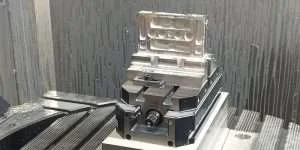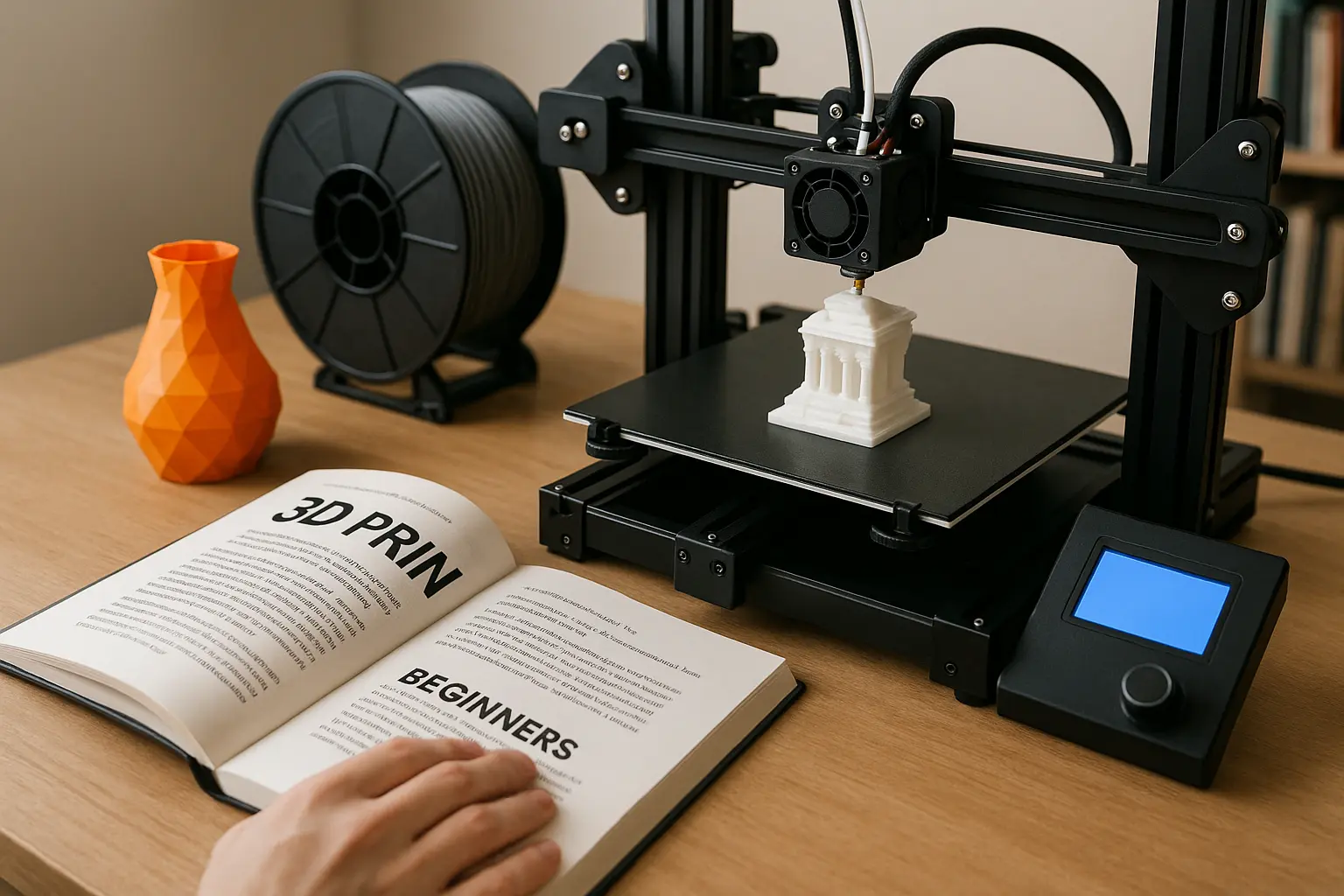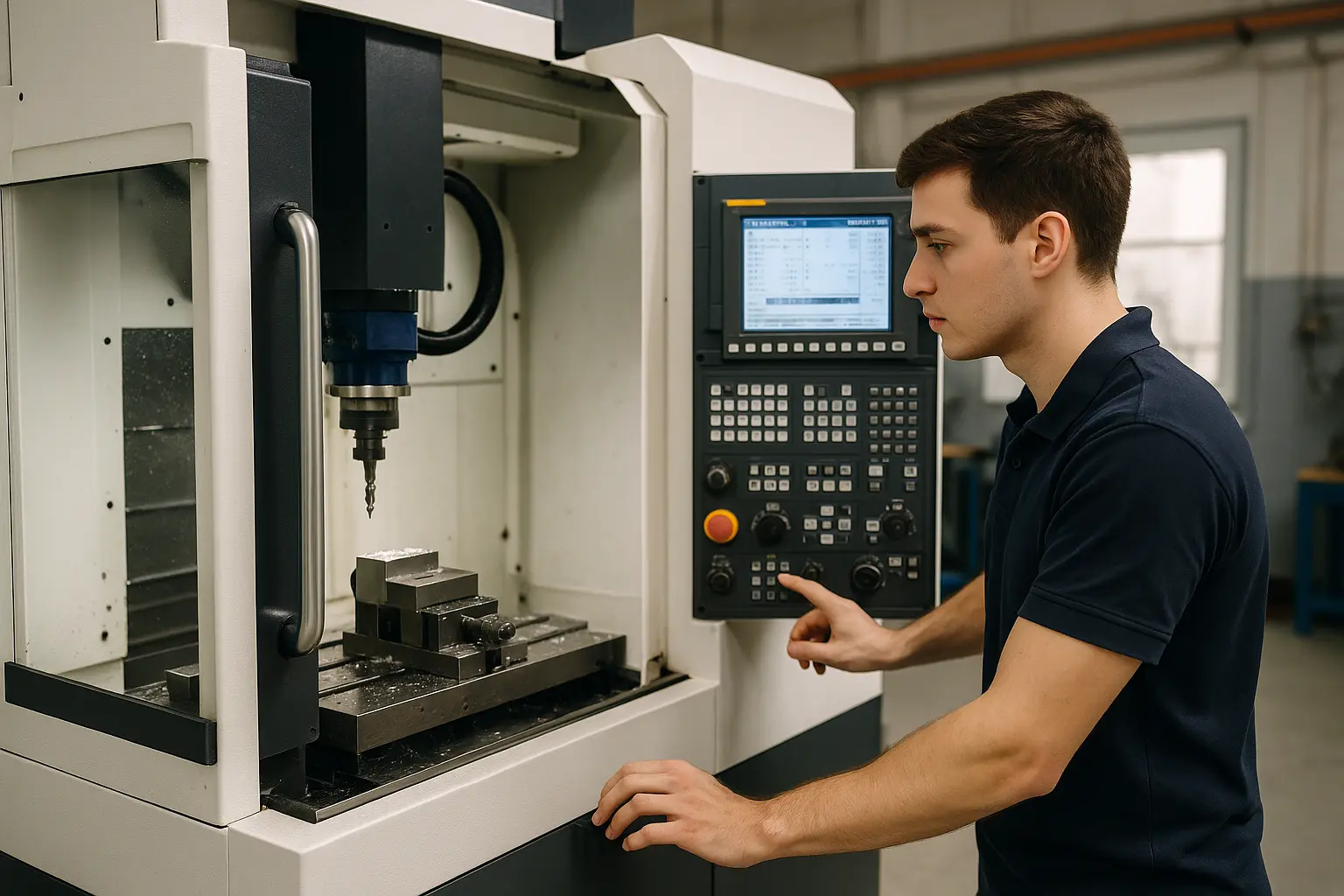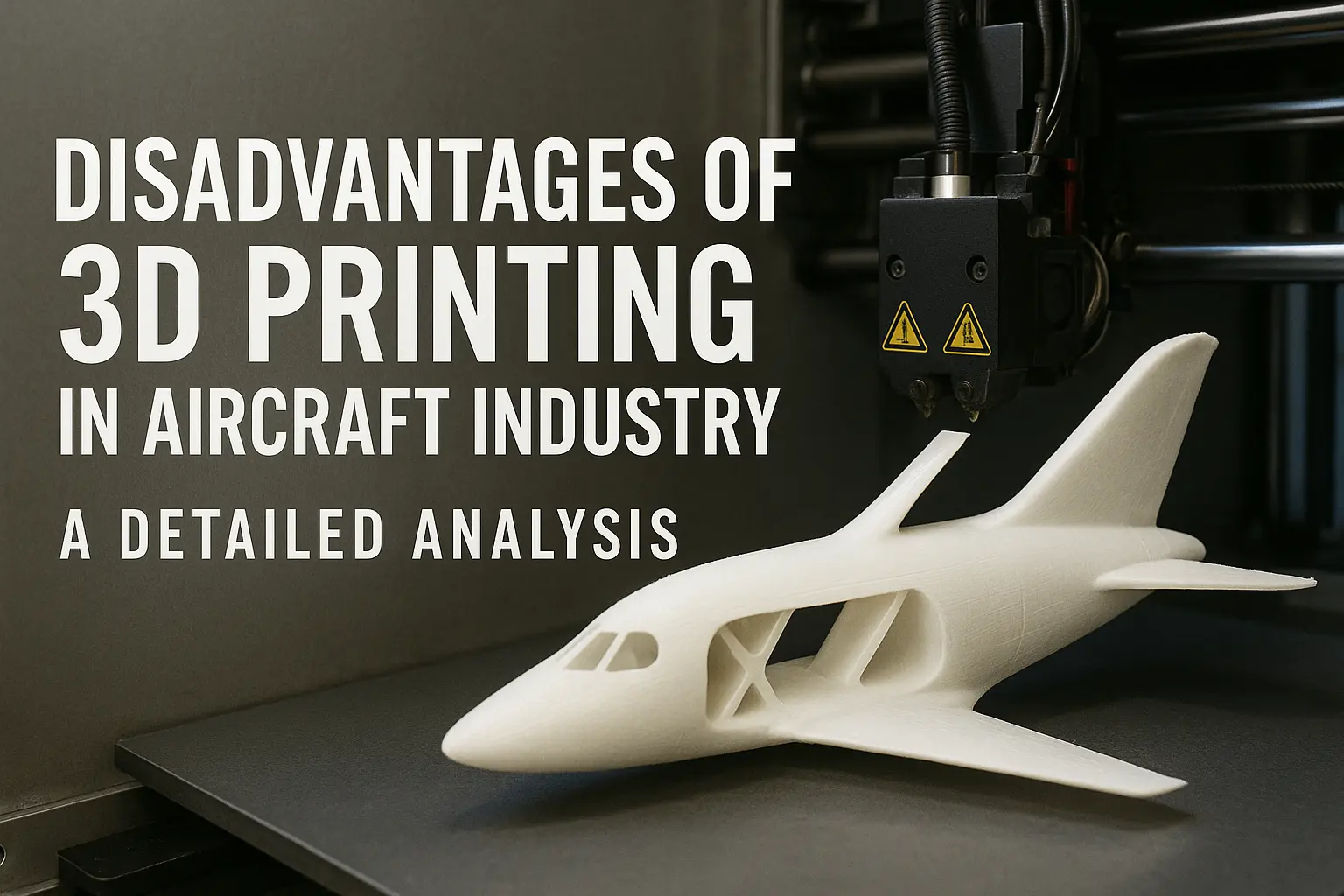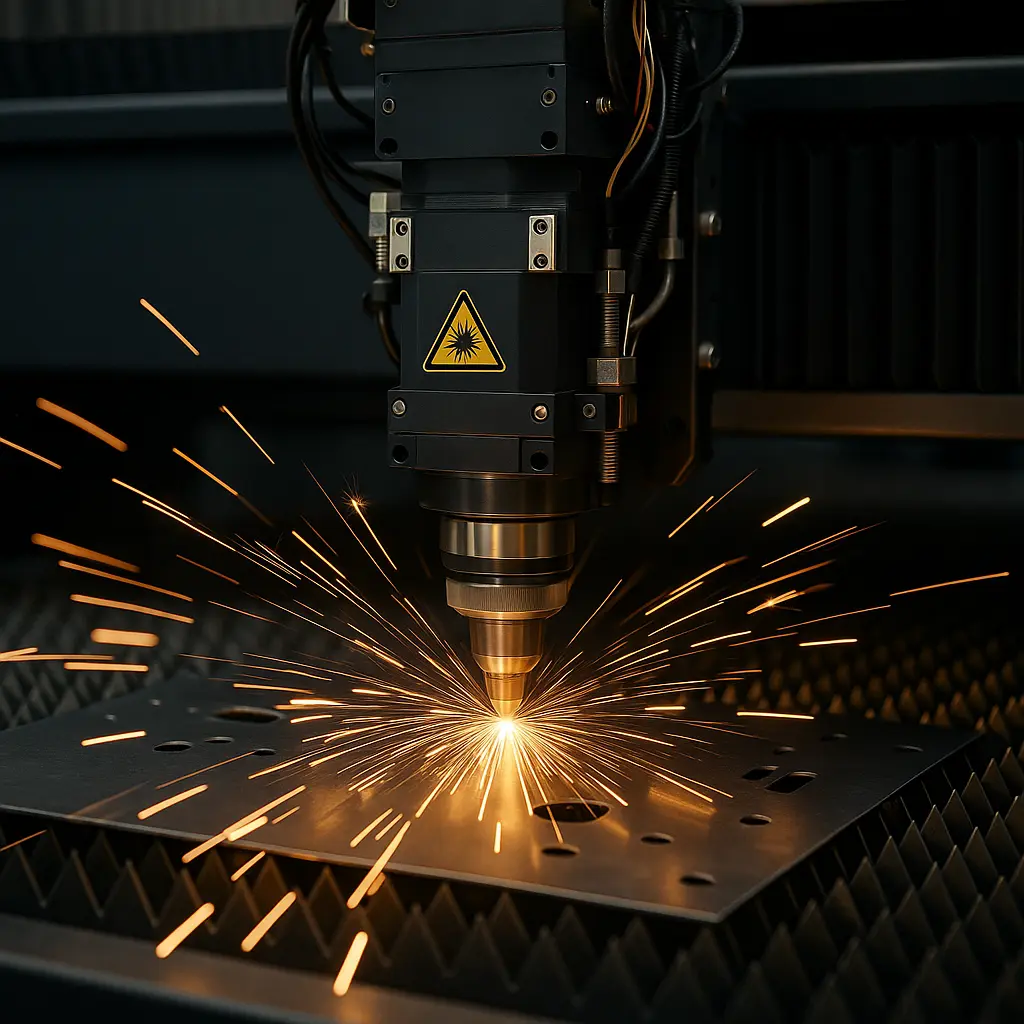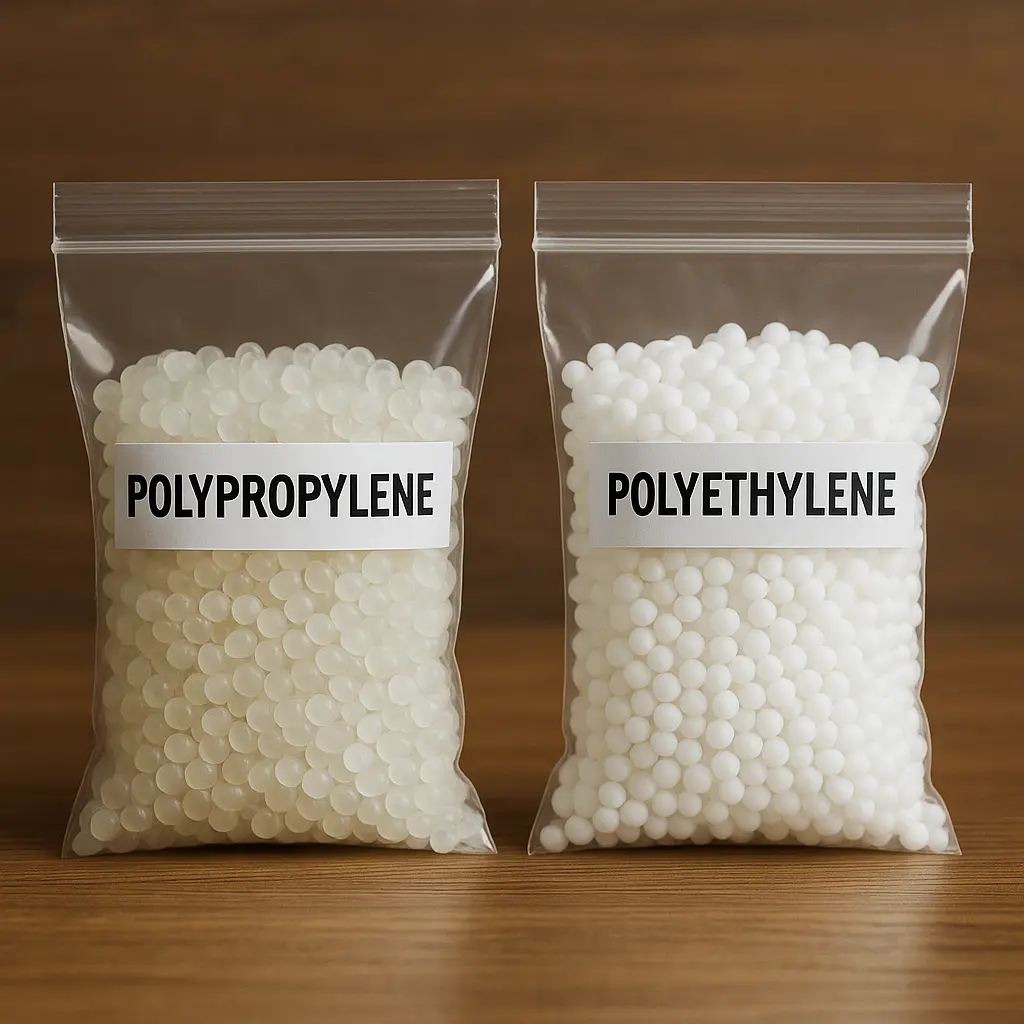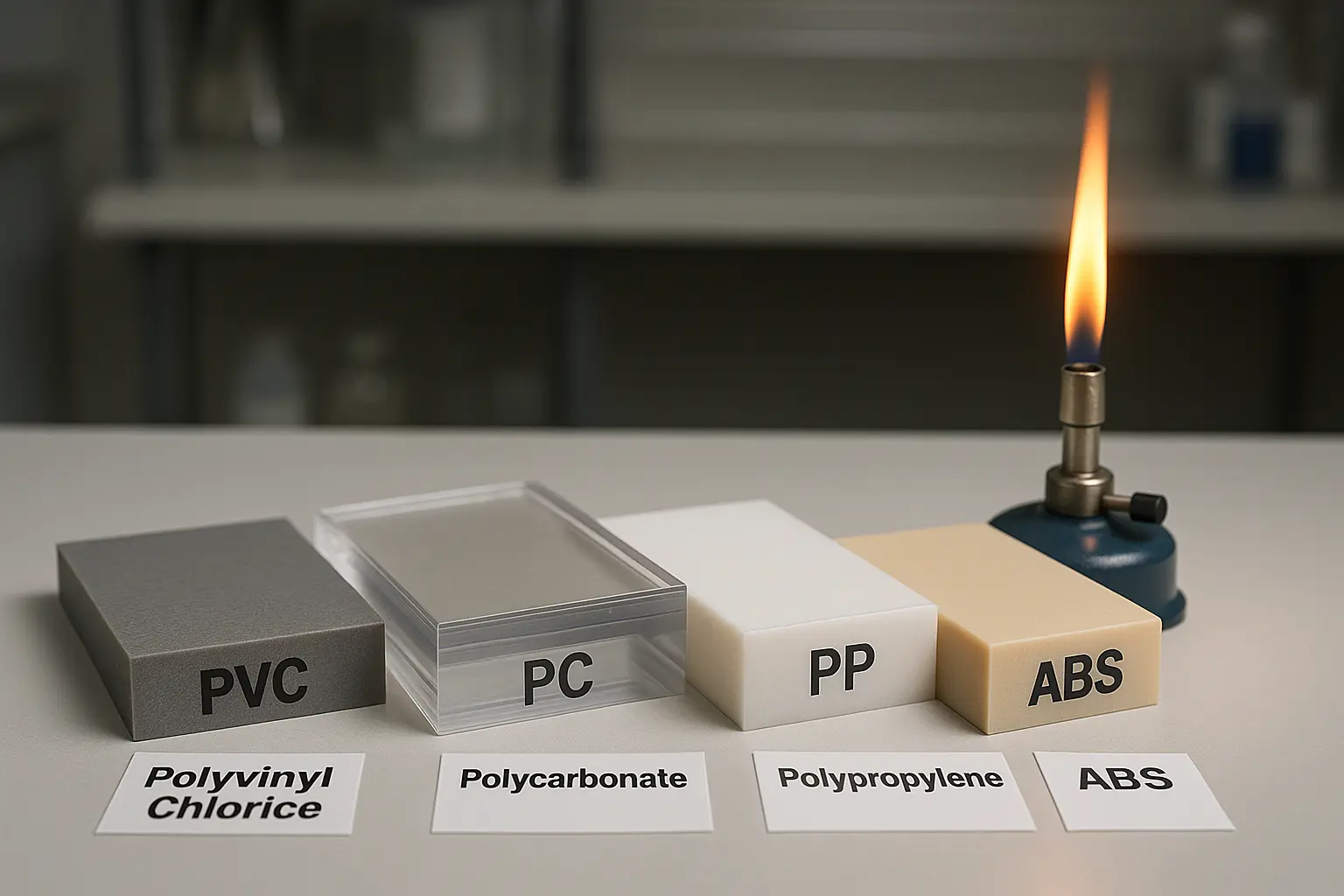In machining, precision and efficiency are paramount. Whether in the manufacturing of intricate aerospace components or the production of everyday consumer goods, achieving the highest quality results while minimizing errors is a constant pursuit.
This article explores mechanical machining, focusing on six common error types in machining that can occur, understanding what causes them, and finding ways to make things work better.
Common Error Types in Machining and Effective Remedies

1. Dimensional Deviation: Navigating Precision Challenges
Machining precision is inextricably linked to the attainment of precise dimensions. Yet, dimensional deviation remains an omnipresent challenge. It predominantly arises from tool wear, a byproduct of extended cutting durations, resulting in unpredictable variations in cutting dimensions. Simultaneously, the phenomenon of thermal deformation further exacerbates this predicament. Heat generation during the cutting process induces subtle structural alterations in the error types in machining, inevitably affecting part dimensions.
Solutions: To counteract the persistent specter of dimensional deviation, proactive measures are imperative. Routine monitoring of tool wear, coupled with timely tool replacement, is pivotal. Additionally, the implementation of efficient cooling systems, aimed at mitigating thermal deformation, stands as a linchpin for preserving dimensional accuracy.
2. Roundness Errors: Perfecting Circular Geometry
Roundness errors, which disrupt the harmonious form of machined circular components, present a multifaceted challenge. Tool instability, uneven cutting forces, and misalignment of machine tool axes contribute to the genesis of these errors. Furthermore, the inadequacies in workpiece clamping systems can exacerbate roundness issues.
Solutions: The pursuit of roundness perfection necessitates meticulous attention to detail. Ensuring tool stability and precise alignment of error types in machining axes are prerequisites. Furthermore, the deployment of reliable workpiece clamping systems is indispensable in the quest for the production of flawlessly circular components.
3. Surface Roughness Deviation: Crafting Immaculate Finishes
The surface quality of machined components is an indelible hallmark of precision machining. Surface roughness deviation signifies a departure from design specifications, typically resulting from a suboptimal configuration of cutting parameters. Inconsistent surface quality may also be attributed to tool wear and the inadequate provision of coolant.
Solutions: Elevating surface quality to pristine levels demands a multifaceted approach. Fine-tuning cutting parameters to align with desired surface finish criteria is pivotal. Concurrently, the maintenance of tools in an optimal state to prevent wear and tear, and ensuring an uninterrupted supply of coolant are essential for the consistent achievement of smooth surfaces.
4. Linearity Errors: Preserving the Straight Path
Linearity errors manifest as deviations from the intended linear trajectory of machined parts. Irregularities in error types in machining guide rails serve as primary instigators of this phenomenon. Simultaneously, tool vibration and deflection can significantly compromise the precision of linear machining processes.
Solutions: Sustaining linearity throughout machining operations requires methodical adherence to protocols. Regular inspections and swift rectification of guide rail irregularities are indispensable. Concurrently, mitigating chatter machining and deflection through meticulous tool selection and setup procedures ensures the preservation of linear precision.
5. Angular Errors: Mastering Angular Precision
Angular errors signify disparities between the actual angles of machined parts and their meticulously designed specifications. Factors such as tool deflection, machine tool errors, and the uneven distribution of cutting forces collectively contribute to the emergence of angular inaccuracies, posing a significant challenge to the production of high-precision components.
Solutions: Attaining angular precision necessitates a systematic and calibrated approach. The mitigation of tool deflection, achieved through the selection and meticulous calibration of tools, is pivotal. Simultaneously, ensuringerror types in machiningaccuracy and the equitable distribution of cutting forces are non-negotiable steps in eliminating angular errors.
6. Positional Errors: The Art of Perfect Alignment
Positional errors surface when distinct features on machined parts deviate from their meticulously defined design requirements. These errors frequently stem from a trifecta of factors: unstable clamping mechanisms, tool deformation, and worktable vibrations, collectively posing a formidable challenge to precision error types in machining.
Solutions: The attainment of positional accuracy hinges on an unwavering commitment to precision. The introduction of stable CNC fixture solutions to preempt deviations is indispensable. Simultaneously, the systematic maintenance and calibration of tools to eliminate deformations and the diligent address of worktable vibrations form the bedrock of precise positioning.
Unraveling the Genesis of Machining Errors

1. Mechanical Structural Issues
Machine tool stability is the cornerstone of machining. Flaws or imperfections in error types in machining components, including guide rails, sliders, and screws, are principal instigators of error generation. Thus, a proactive regime of regular inspections and vigilant maintenance is obligatory to promptly redress structural issues.
2. Tool and Cutting Challenges
Tools represent the artisans of machining, and their condition is tantamount to the cutting process’s outcome. Tool wear, deflection, and instability significantly impede precision. Accordingly, the judicious selection of high-quality tools, coupled with the precise calibration of cutting parameters tailored to machining requirements, is paramount in mitigating these impediments.
3. Material-Related Factors
Materials underpin the tapestry oferror types in machining, and their distinctive characteristics manifest during the process. Thermal expansion, contraction behaviors, and the mechanical properties of materials wield profound influence over machining errors. Consequently, opting for stable, high-quality raw materials is instrumental in minimizing material-induced errors and elevating overall precision.
4. Environmental Factors
The machinist’s environment is invariably susceptible to external influences, a reality that can substantially affect stability and accuracy. Temperature fluctuations, mechanical vibrations, and variations in airflow are external elements that merit meticulous control. An unwavering commitment to regulating these environmental variables is instrumental in error reduction and the preservation of consistency in precision.
Strategies for Reducing Errors in Machining

1. Select High-Quality Materials
The bedrock of error types in machining lies in the meticulous selection of materials. Opting for materials characterized by stability, mechanical consistency, and superior quality is a foundational step in minimizing material-related errors and establishing the groundwork for impeccable precision.
2. Vigilant Equipment Maintenance
Machine tools constitute the canvas upon which precision is crafted. Regular inspections and meticulous maintenance to preserve structural integrity are obligatory. This encompasses comprehensive assessments of guide rails, sliders, and screws to proactively address potential mechanical issues.
3. Optimize Tools and Cutting Parameters
Tools are the maestros of precision in machining. The selection of appropriate tools, coupled with the rigorous calibration of cutting parameters tailored to specific error types in machining requirements, is instrumental in minimizing errors and elevating the overall precision of the process.
4. Environmental Control Measures
Environmental stability serves as the unsung guardian of precision machining. The regulation of temperature, humidity, and vibrations within the machining environment is a fundamental necessity. This ensures process stability and the perpetuation of consistent accuracy throughout machining operations.
5. Leveraging Advanced Measurement Techniques
Real-time monitoring and adaptive adjustment serve as the vanguards of precision. Harnessing advanced measurement devices for continuous process monitoring facilitates the prompt rectification of errors, ensuring that precision is steadfastly upheld throughout the error types in machining journey.
Conclusion
In conclusion, the realm of CNC machining is a highly intricate landscape where precision reigns supreme. The consequences of error types in machining can be far-reaching, affecting the functionality and aesthetics of the final products. However, by conducting a thorough examination of the common errors and their underlying causes, and by implementing precise strategies, we can elevate machining to an art form of unparalleled accuracy and quality.
FAQs
Why is dimensional deviation a common machining error?
Dimensional deviation occurs due to factors like tool wear and thermal deformation, which can affect the accuracy of machined parts.
How can I reduce surface roughness deviation in machining?
Surface roughness deviation can be reduced by optimizing cutting parameters and ensuring proper coolant supply during the machining process.
What are some environmental factors that impact machining?
Variations in temperature, vibrations, and airflows in the machining environment can affect the stability and accuracy of the process.

